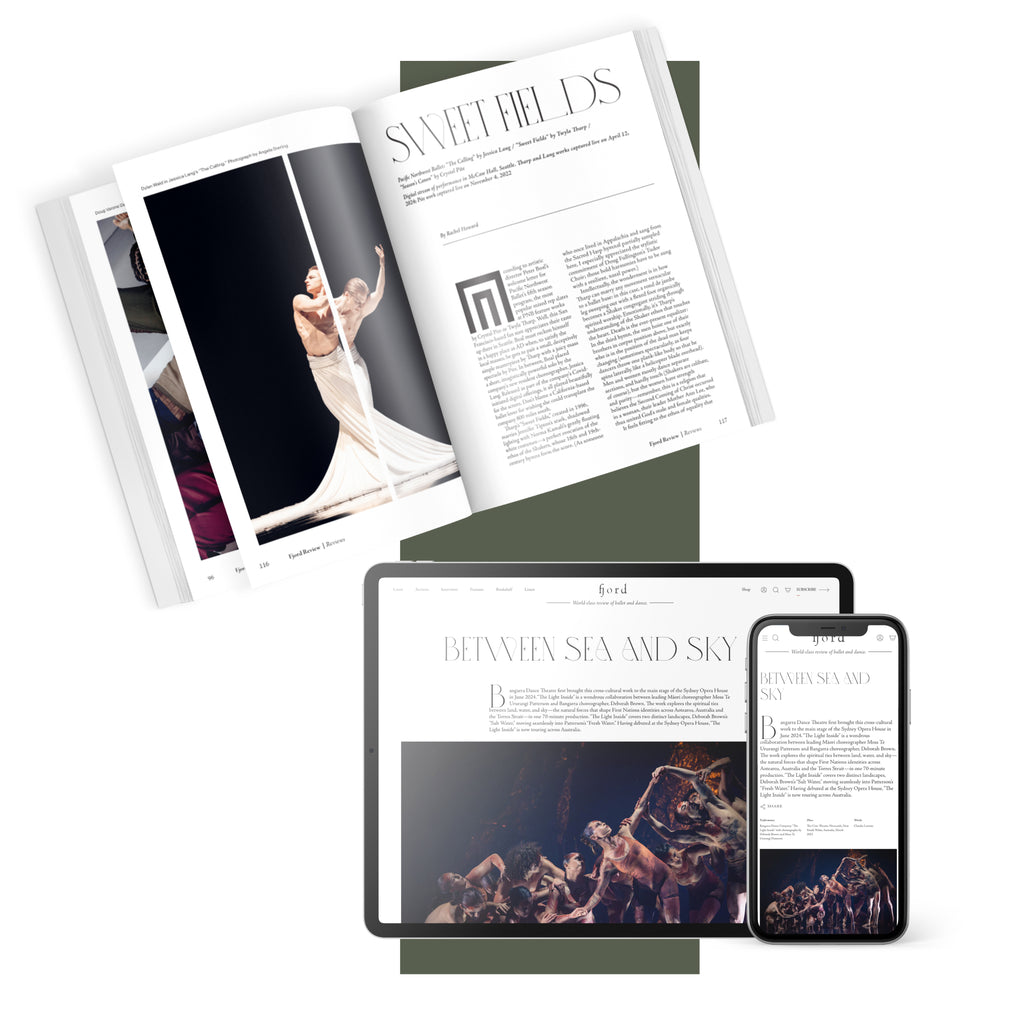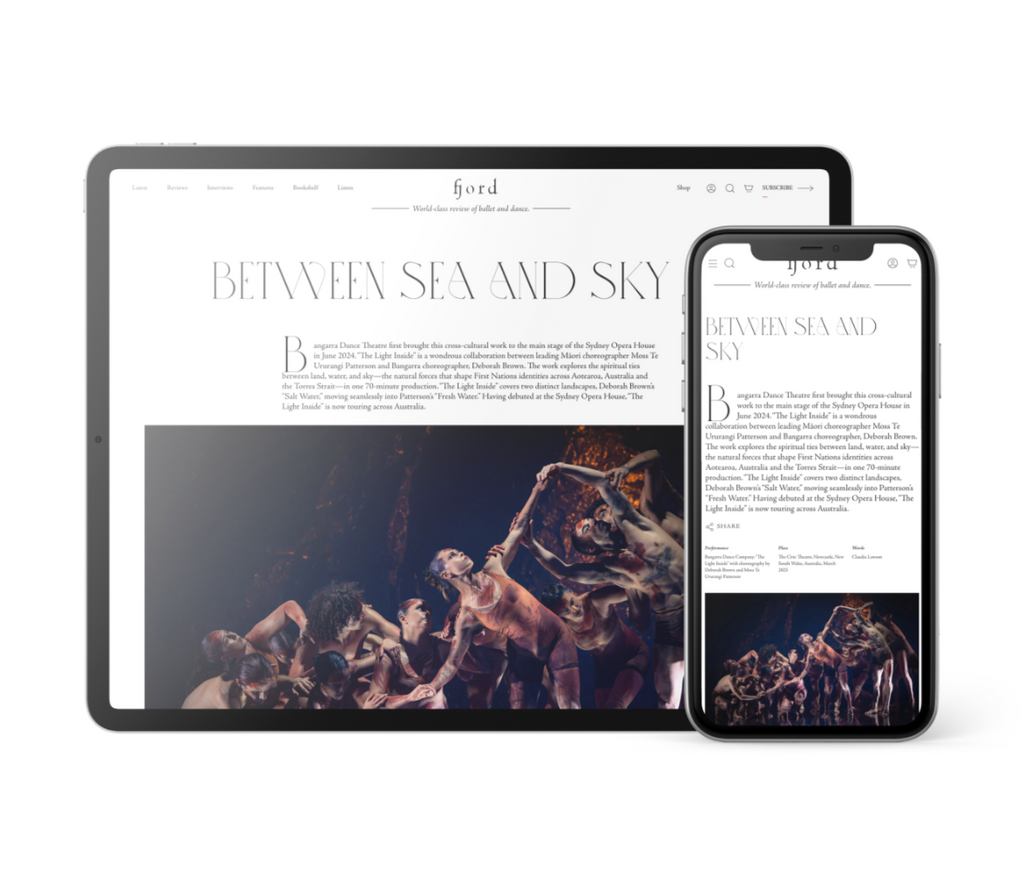Talent Time
It’s “Nutcracker” season at San Francisco Ballet—36 performances packed into three weeks—which means that the company is currently serving two distinct audiences.
Continue Reading
World-class review of ballet and dance.
In Seoul, South Korea, at the Jongmyo shrine, a royal ancestral ritual of prescribed music and dance is performed annually. The tradition to praise and honor the ancestors of the Joseon Dynasty (1392-1910) has been kept for over 600 years. This dance form, called ilmu, which translates as “line dance” or “one dance,” requires 64 dancers positioned in eight lines of eight moving as one in restrained unison. Wearing long, full, colored robes and carrying symbolic props in their hands, the dancers perform the slow, controlled, set sequences reinforcing Confucian ideals—order, harmony of yin and yang, and filial piety—in the service of societal stability. Similar rituals were originally practiced in China as well, but the practices were discontinued there with the abolition of the monarchy.
Performance
Place
Words



“Uncommonly intelligent, substantial coverage.”
Your weekly source for world-class dance reviews, interviews, articles, and more.
Already a paid subscriber? Login

It’s “Nutcracker” season at San Francisco Ballet—36 performances packed into three weeks—which means that the company is currently serving two distinct audiences.
Continue ReadingLast week I caught up with choreographer Pam Tanowitz and Opera Philadelphia’s current general director and president, countertenor Anthony Roth Costanzo to talk about “The Seasons,” the company’s latest production premiering at the Kimmel Center’s 600-plus seat Perelman Theater on December 19.
Continue ReadingIf Notre-Dame remains one of the enduring symbols of Paris, standing at the city’s heart in all its beauty, much of the credit belongs to Victor Hugo.
Continue ReadingWhen dancer and choreographer Marla Phelan was a kid, she wanted to be an astronaut. “I always loved science and astronomy,” Phelan said.
Continue Reading
comments